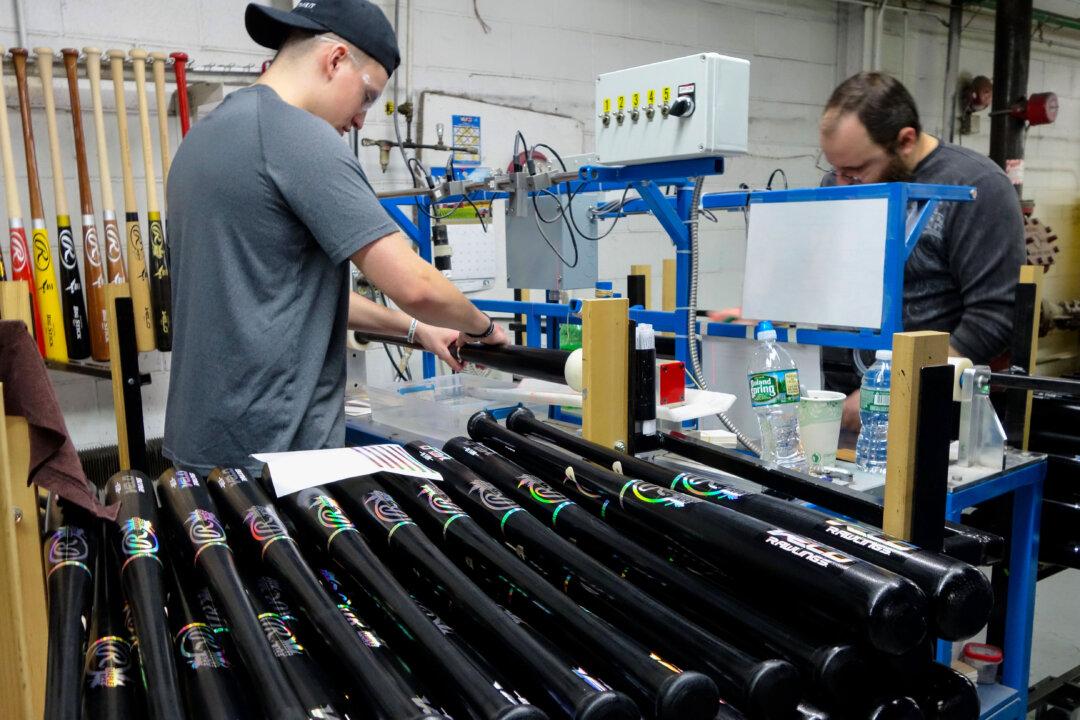The U.S. jobless rate remained steady in December 2024. However, according to a pair of compensation studies released this month, current employees may have to wait awhile before they receive the raises that they might be expecting.
However, according to two surveys released in January, employees hoping for a sizable pay raise this year may be disappointed.
“What we also found is that 56 percent of employees expect a pay increase this year. With the majority of businesses saying to us that they’d like to but are not in a position to do, we’ve got a bit of an imbalance here,” Sean Puddle, North America managing director at Robert Walters, told The Epoch Times.
The report notes that the United States, UK, and German respondents “appear to have found a new equilibrium for increases: 4 percent,” reflecting a balance “between inflation, cost management and competitive compensation needs.”
The report also suggests that, with nearly 40 percent of respondents expressing minimal concern about talent attraction, the numbers indicate that many organizations believe that their talent pools have reached a saturation point. Or, perhaps, the market dynamics have slightly shifted the power balance back toward employers.
On the issue of retaining employees, businesses participating in the WTW survey found a slowdown in aggressive hiring after the COVID-19 pandemic, with companies focusing more on “optimizing existing talent.”
According to the report, 76 percent of those surveyed said they planned to hold steady with their current company headcount, with only 14 percent anticipating employee growth. One out of 10 predicted headcount reductions.
However, Lori Wisper, head of work and rewards global solutions at WTW, told The Epoch Times that the focus of the overwhelming majority of companies on existing employees is an indicator that workers still have notable leverage in the market.
“Back in 2021 and 2022, the so-called great resignation showed that job demand was high and [worker] supply was short. Today, you look at the survey responses, and you see that if we had enough workers to fill demand, it wouldn’t be so hard to replace people who are leaving,” she said.
“While there may be, generally speaking, a pendulum moving toward the employer at the moment, there’s still some room to go before they can say they have the leverage.”







